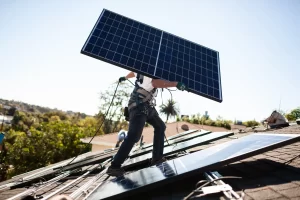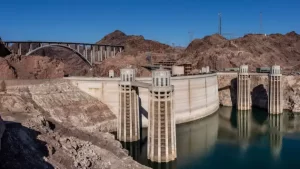The U.S. Has Billions for Wind and Solar Projects. Good Luck Plugging Them In.
An explosion in proposed clean energy ventures has overwhelmed the system for connecting new power sources to homes and businesses.
The energy transition poised for takeoff in the United States amid record investment in wind, solar and other low-carbon technologies is facing a serious obstacle: [….]












